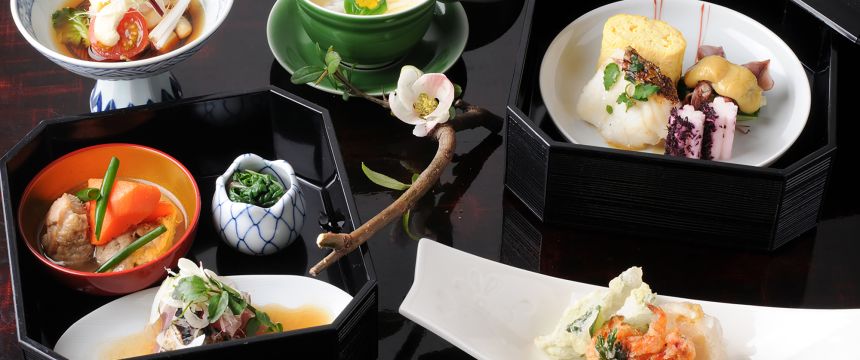Ichikikushikino City, Kagoshima Prefecture - Kyushu
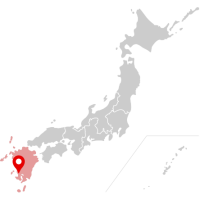
Chart a journey of adventure to Kagoshima Prefecture in Kyushu, at the southern tip of mainland Japan. The prefecture is known for its shochu, a quintessentially Japanese beverage made predominantly from sweet potatoes. Deep in the mountains close to Ichikikushikino City is the historic distillery of Kinzangura. There you can venture into the underground fermentation vaults constructed deep in a 350-year-old gold-mine shaft, where a team of female shochu makers continue a time-honored distilling tradition.
Head off the beaten path and explore this fascinating distillery, which brings together Kagoshima’s rich samurai history, industrial heritage, and culinary traditions—and raise a toast with us to shochu, the enduring taste of Kyushu.
A Toast to Shochu
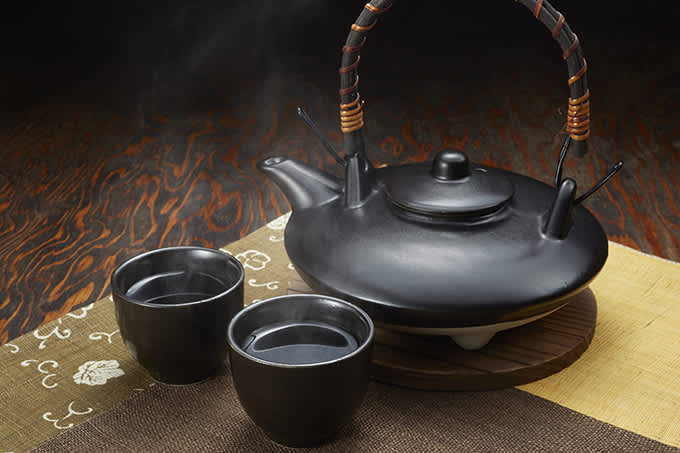
Shochu is a beloved beverage in Japan that you can enjoy at most izakaya pubs nationwide or even purchase at any convenience store. But like whisky, not all shochu is created equal. At the top of the grading scale is honkaku shochu (authentic shochu), which recognizes the high quality of the ingredients and the traditional distilling techniques that go into its production.
Explore the Fascinating Present of a Centuries-Old Gold Mine
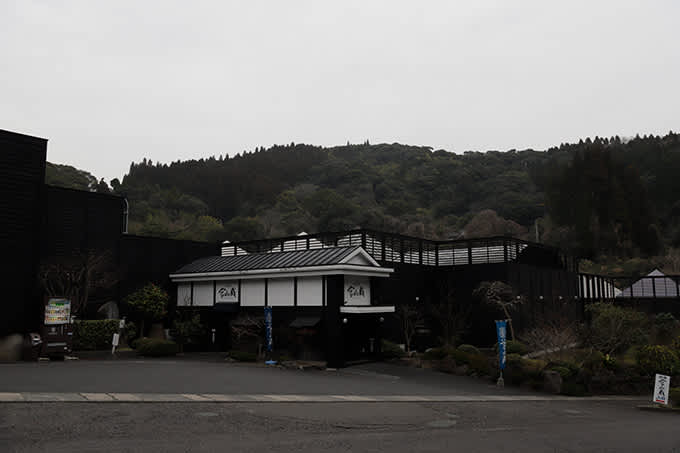
Kinzangura is the only honkaku shochu distillery in Kagoshima Prefecture, and it takes advantage of its location—not only by making use of the pure water filtered through the surrounding mountain range and the locally grown satsuma sweet potatoes but also by making its home in the centuries-old gold mine there. The constant cool temperatures of the underground tunnels, a rarity in the hot climate of southern Kyushu, are optimal for fermentation.

You can reach the network of shafts that make up the distillery by trolley train, and you will notice the rich smell of fermenting shochu rise up as you descend. The ride on the retro train actually lasts around eight minutes, which gives you some idea of just how deep you are when you reach the bottom. In winter, it might actually be warmer in the mine than outside, with the average temperature in the shafts hovering around nineteen degrees. Of course, it may also feel refreshingly cool in the heat of summer!
Explore the Living History of Kinzangura
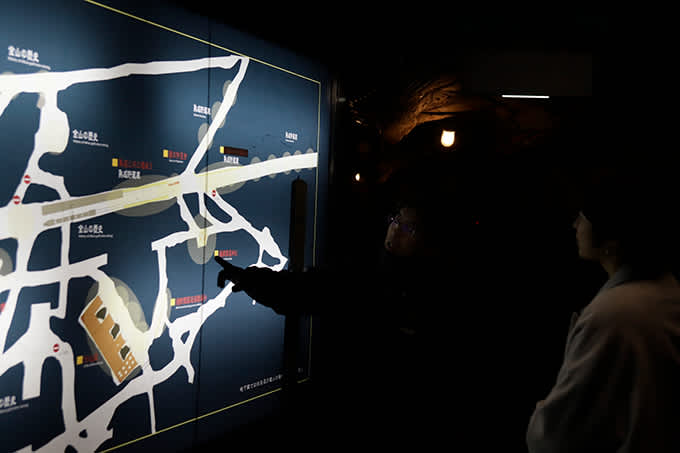
The vast 120-kilometer series of shafts that is currently used as a distillery was 350 years in the making, as the seam of gold it contained was dug out by the Satsuma samurai clan who ruled over most of what is now Kagoshima during the Edo period (1603–1867).
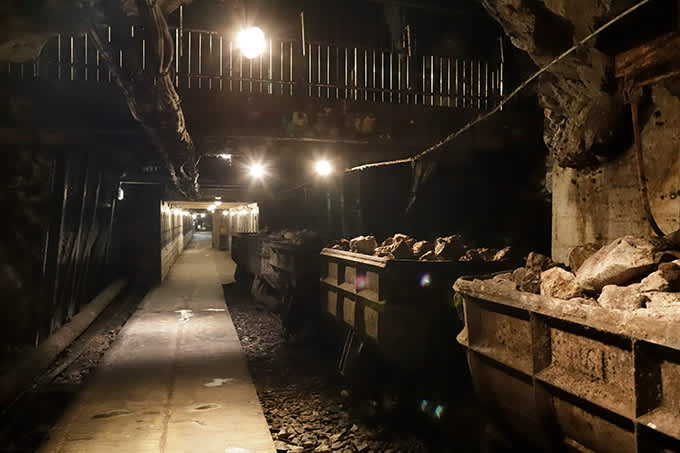
You can sense the history of the mine when you are deep inside it, imagining yourself as one of the seven thousand miners who worked there during the mine’s peak as Japan entered its industrial revolution.

The cultural legacy of these workers is tangible in the still air of the shafts. Glimmering in the darkness is a gold Buddhist statue of Kannon, who was believed to oversee the health of the workers as they braved dangerous conditions in the pursuit of gold.
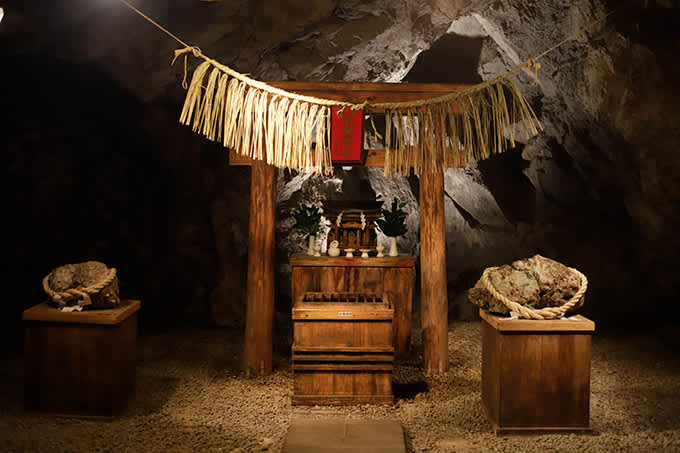
There is also a Shinto shrine called Satsuma Kaiun-Jinja, historically a place to pray for safety—and also prosperity, specifically by finding gold—a practice that continues to the present day. If you are after gold, it is worth your while to pray while touching the shaft’s rocks, which still contain traces of gold ore.

The industrial revolution prompted the rapid expansion of the mine, and the technology brought from Great Britain by traders in the Meiji period (1868-1912) enabled the eventual mass production of shochu. But Kinzangura’s passion preserves the shochu-making tradition. The distillery uses mainly kettle-distillation methods pioneered back in the Edo period and ferments the shochu in vast earthenware jars surrounded by the mine’s cool rock—the same method used when the Satsuma samurai roamed the land.

As in whisky making, there is a tradition of aging shochu. You will also see jars of vintage shochu made using the donburi method, that are sealed with wax stoppers and are stored in the mine shaft. Allowed to ferment a little longer, the vintage shochu really lets the sweetness of the satsuma sweet potatoes come through, a taste you might find surprisingly refreshing.
Enter the World of the Female Master Distillers

Kinzangura also has a proud tradition of employing female master distillers in what is usually a male-dominated field. The current master distiller, Natsuki, notes, “People think this is a job that involves a lot of manual labor, but making shochu is more like raising a child.”

The distillery’s award-winning eponymous Satsuma Shochu Kinzangura is a testament to that labor of love. The strain of ogon koji yeast used in making it is notoriously delicate and used exclusively by Kinzangura, watched over by its doting master distillers.

Outside the mine, you can participate in a free tasting and browse an extensive line-up of shochu in the gift shop. Incidentally, Kinzangura also has a sake brewery on site, which is actually the only one in Kagoshima Prefecture. That gives you an idea just how important shochu is to the identity of the area!
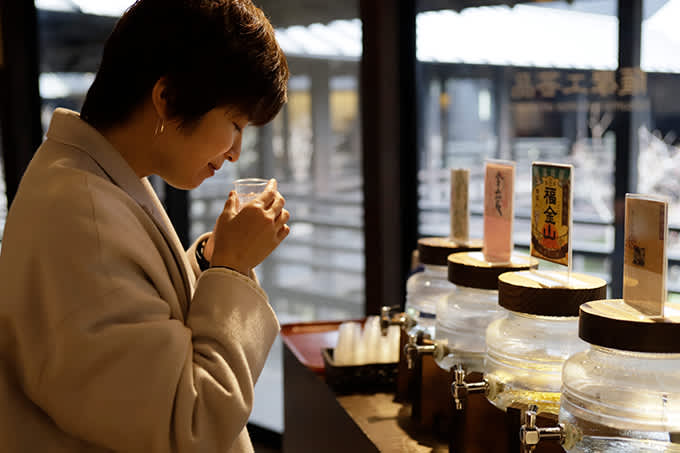
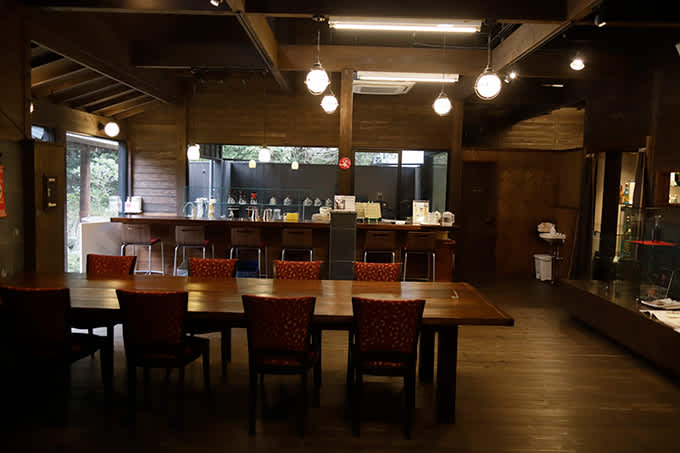
Elsewhere in the vicinity is an informal café, which features light snacks and desserts prepared using shochu as an ingredient on its menu.
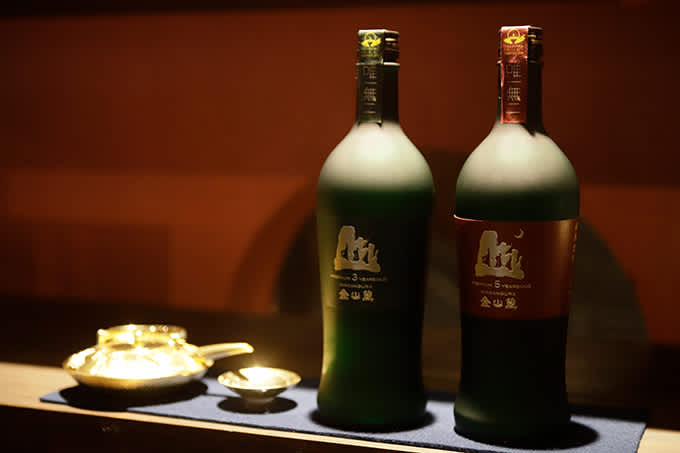
Shochu is a drink that is on the rise globally, but it is still relatively unknown outside Japan. Be sure to raise a toast to it, especially in its original home of Kyushu.
Contact Information
Satsuma Kinzangura
13665 Noshita, Ichikikushikino City, Kagoshima Prefecture 896-0073
How to Get There
Kagoshima City is the prefectural capital of Kagoshima Prefecture and can be reached by a direct flight from Tokyo and other domestic airports, and is a convenient hub for your Kyushu adventure. If you are travelling within Kyushu via shinkansen train, you can get from Hakata to Kagoshima in just over 90 minutes. The Kinzangura distillery can be reached by public transport or rental car in just over thirty minutes from central Kagoshima.
Recommended Itineraries
The area demands at least a couple of days in your itinerary with much to recommend it, including one of Japan’s most important spiritual centers, Kirishima-Jingu Shrine. The dynamic nature that characterizes the area is exemplified by the caldera bay of Kinkowan that frames the active volcano Sakurajima.
Related Links
Kagoshima Official Tourism Website (English)
Map
Featured Cuisine
Shochu is a Japanese liquor that is significantly stronger than Japanese sake. It is particularly popular in Kyushu, the southernmost island of mainland Japan, where it is commonly made with satsuma sweet potatoes. It can be enjoyed many ways to suit the season—it is refreshing served on the rocks on a hot summer’s day and wonderfully fortifying in winter when served warm from a choka, a small kettle exclusively used for heating shochu.
-
Author
Author: Samuel
Originally from the UK, Samuel studied Japanese Studies in the UK before completing his post-graduate studies in Japan. Now with over a decade of writing about Japan for a number of publications, and teaching about Japanese art and design at university, he hopes to bring his love of Japan to a wide audience. His favorite Japanese food is takoyaki as the perfect street snack.
All information is correct as of the time of writing.
Please check for the latest information before you travel.





















































